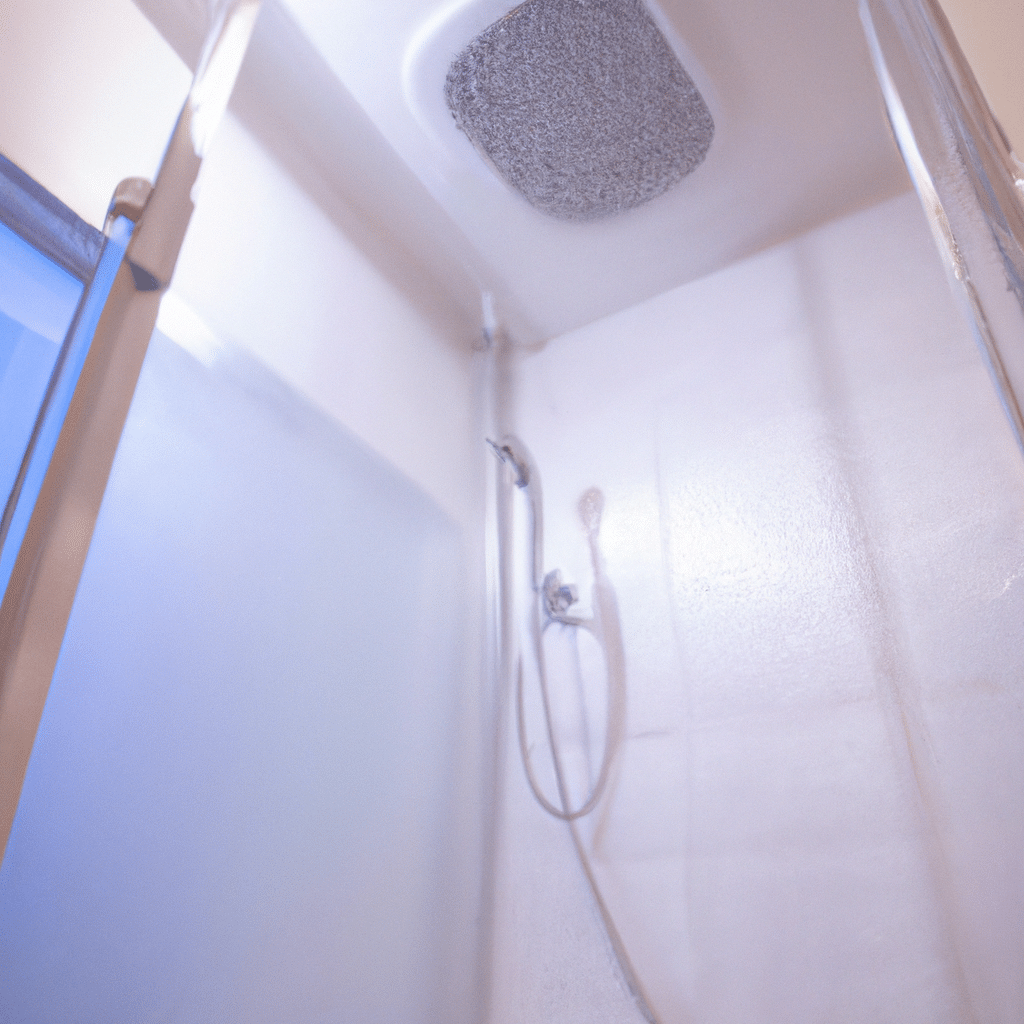Bathrooms are notoriously damp places, which makes them a perfect breeding ground for mold and mildew. Not only are they unsightly, but they can also be hazardous to your health. In this article, we will discuss the causes of mold and mildew in bathrooms and provide tips on how to prevent them from taking over.

Understanding the Causes of Mold and Mildew in Bathrooms
Mold and mildew thrive in damp and humid conditions. Bathrooms are the perfect environment for them to grow and spread. The main causes of mold and mildew in bathrooms include:
Poor Ventilation
One of the main culprits of mold and mildew in bathrooms is poor ventilation. When there is not enough airflow in the bathroom, moisture can linger in the air, and mold and mildew can take hold. It is essential to have a properly functioning bathroom fan that can vent moisture outside.
Leaks and Water Damage
Leaks and water damage are another leading cause of mold growth in bathrooms. Even small leaks can create an ideal environment for mold and mildew to grow. It is essential to address any leaks or water damage immediately to prevent mold growth.
Poor Cleaning Practices
Cleaning your bathroom regularly is essential to prevent mold and mildew growth. But if you are not using the right cleaning products or techniques, you could be inadvertently promoting mold growth. It is essential to use mold and mildew-resistant cleaners and to clean all surfaces thoroughly.
Tips for Preventing Mold and Mildew in Bathrooms
Preventing mold and mildew in your bathroom requires a combination of good cleaning practices and smart design choices. Here are some tips to help you keep your bathroom mold and mildew-free:
Increase Ventilation
As we mentioned earlier, poor ventilation is a leading cause of mold and mildew growth. If your bathroom does not have a fan, consider having one installed. If you do have a fan, make sure it is functioning correctly and venting moisture outside.
Fix Leaks and Water Damage
If you notice any leaks or water damage in your bathroom, it is essential to address them immediately. Even small leaks can create an ideal environment for mold and mildew growth.
Use Mold and Mildew-Resistant Products
Using mold and mildew-resistant products can help prevent mold growth in your bathroom. Look for cleaners, paints, and other products that are specifically designed to prevent mold and mildew growth.
Clean Your Bathroom Regularly
Cleaning your bathroom regularly is essential to prevent mold and mildew growth. Be sure to use mold and mildew-resistant cleaners and to clean all surfaces thoroughly.
Keep Surfaces Dry
Keeping surfaces dry is one of the most effective ways to prevent mold and mildew growth. After showering or bathing, be sure to dry off all surfaces, including the shower walls and floor.
Use a Dehumidifier
If your bathroom is particularly damp, you may want to consider using a dehumidifier. A dehumidifier can help remove excess moisture from the air and prevent mold and mildew growth.
Conclusion
Mold and mildew in your bathroom can be a serious problem. Not only are they unsightly, but they can also be hazardous to your health. By following the tips we have outlined in this article, you can prevent mold and mildew growth in your bathroom and keep your family healthy and safe. Remember to keep your bathroom well-ventilated, fix any leaks or water damage immediately, use mold and mildew-resistant products, clean your bathroom regularly, keep surfaces dry, and consider using a dehumidifier if necessary. With these simple steps, you can enjoy a mold and mildew-free bathroom for years to come.

